When talking about flags, there are many specific terms that are used to describe their designs and patterns. Let’s take a look at a few of them!
Basic Flag Terms
Sides and Faces of the Flag
Say you’re looking at a picture of France’s flag:
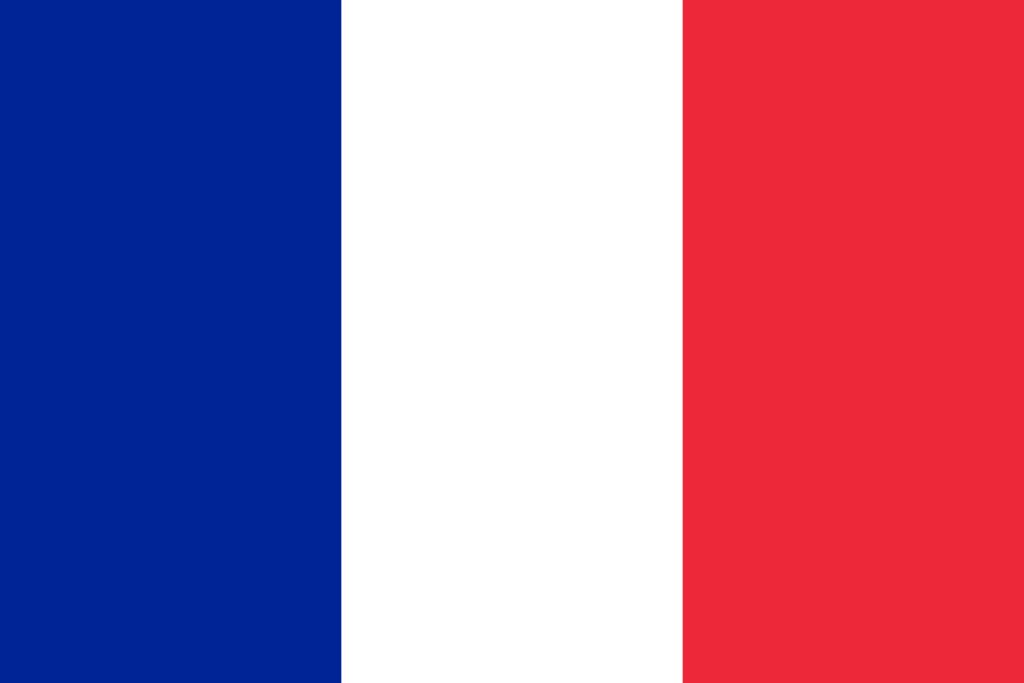
Most illustrations of flags are created as if the hoist is on the left side, although there are some exceptions.
The hoist side is the side of the flag attached to the flagpole, and the fly side is the side that is free to move. The side that we’re looking at in the illustration is called the obverse side, while the side not shown is the reverse.
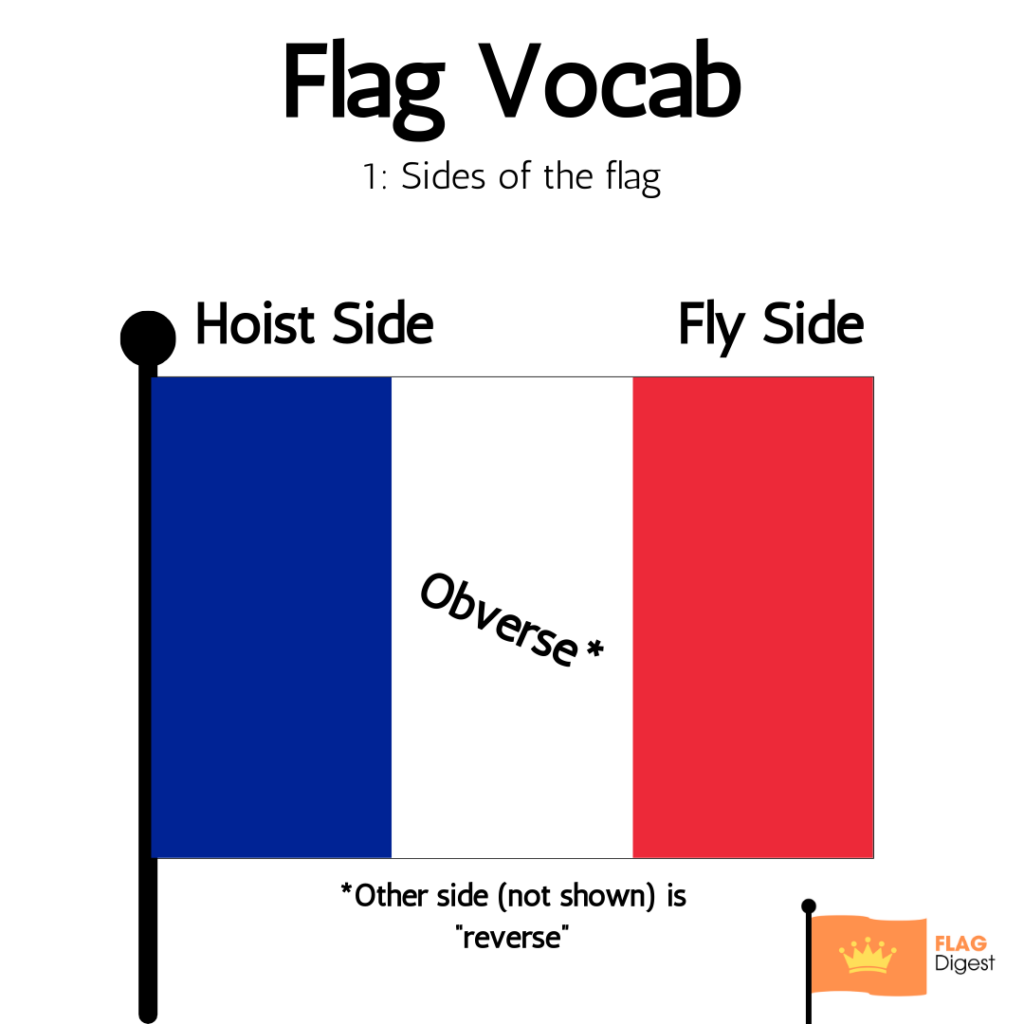
The horizontal dimension of the flag is considered its length, while the vertical dimension is its width.
Design Terminology
There are four more terms we can cover before getting into geometric patterns:
- The canton of a flag is a design in the top-left area of the flag. For example, the United States flag has 50 stars in its canton, and Australia and New Zealand’s flags both have the Union Jack in their cantons.
- A charge or emblem is a design or object placed on a flag. For example, the Indian flag uses the Ashoka Chakra in the center.
- The field of the flag is its “background”. For example, the color of the field in the Chinese flag is red.
- Fimbriation is the lining between two colors on a flag to separate them. For example, the flag of Åland (an autonomous region in Finland) features gold fimbriation around a red cross.
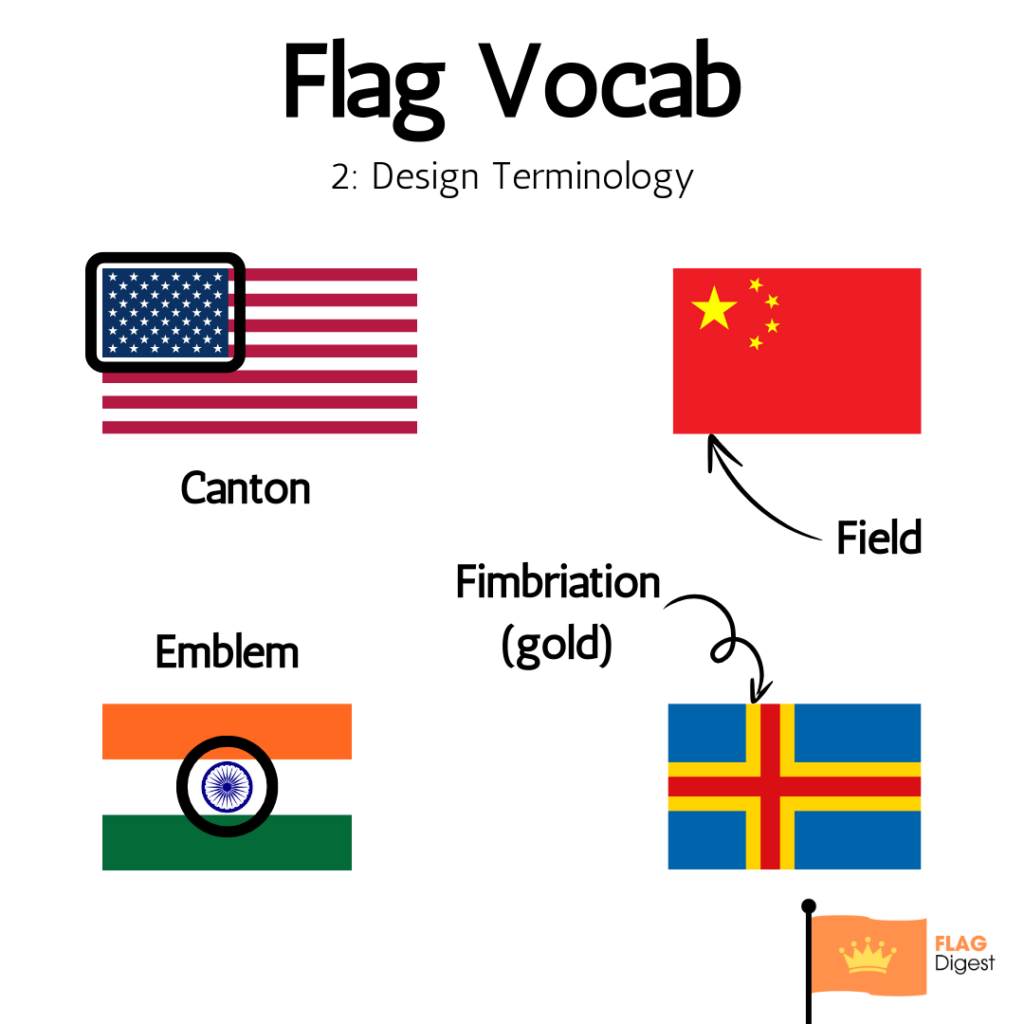
Dividing the Flag
There are several ways the flag can be divided, before considering geometric patterns and seals or symbols.
Division Into Two Pieces
Dividing the flag into two pieces can be done in many ways. The first type of division is a bisection. This results in two equally sized areas:
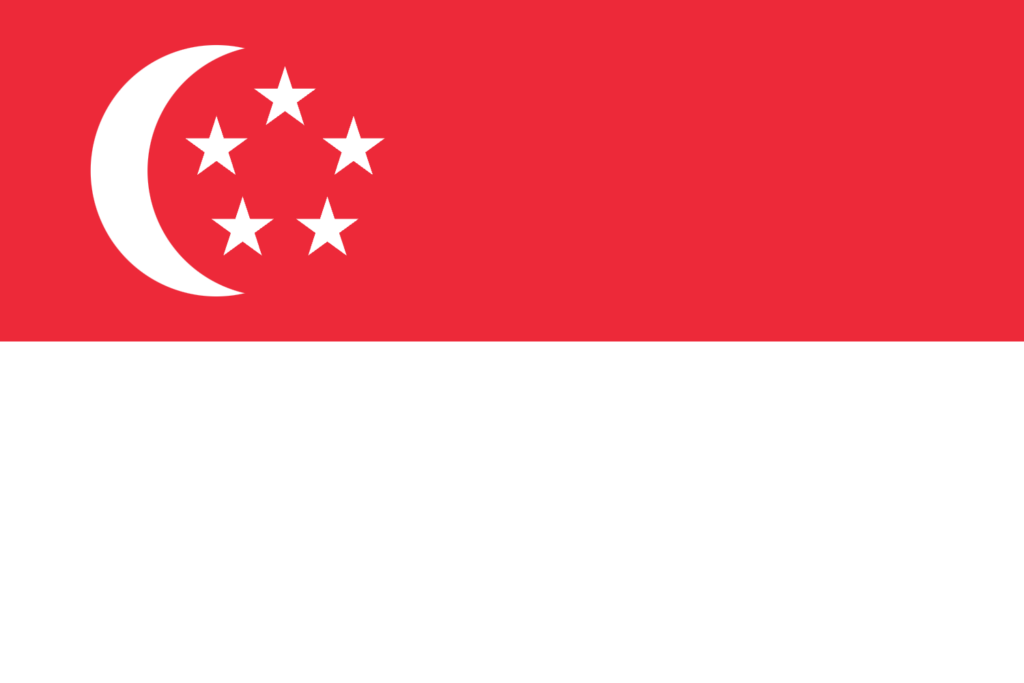
Horizontal Bisection
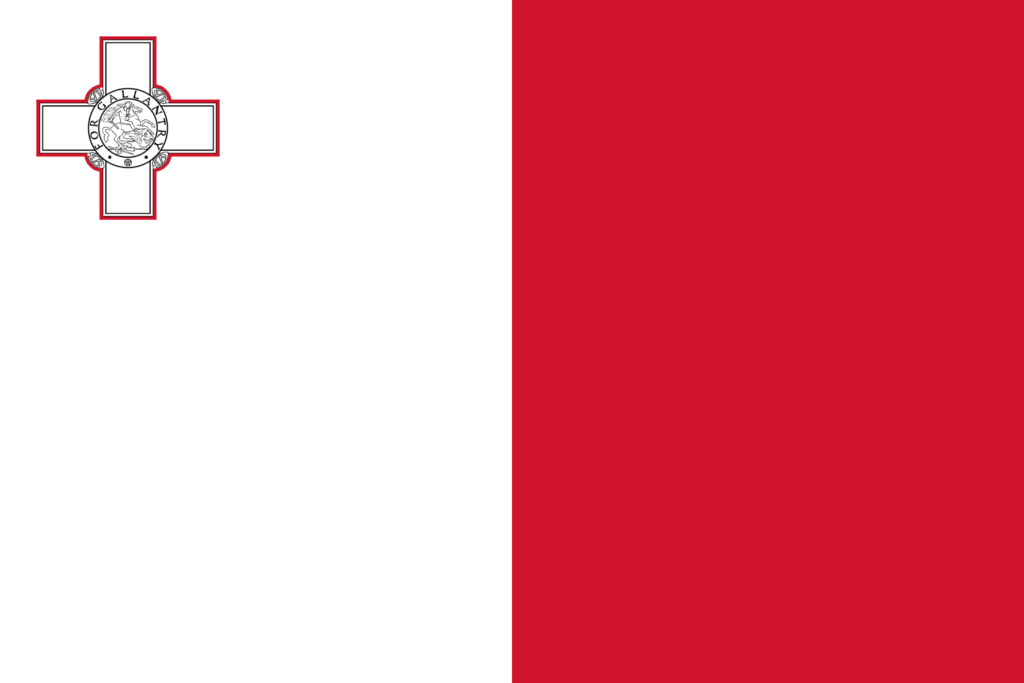
Vertical Bisection
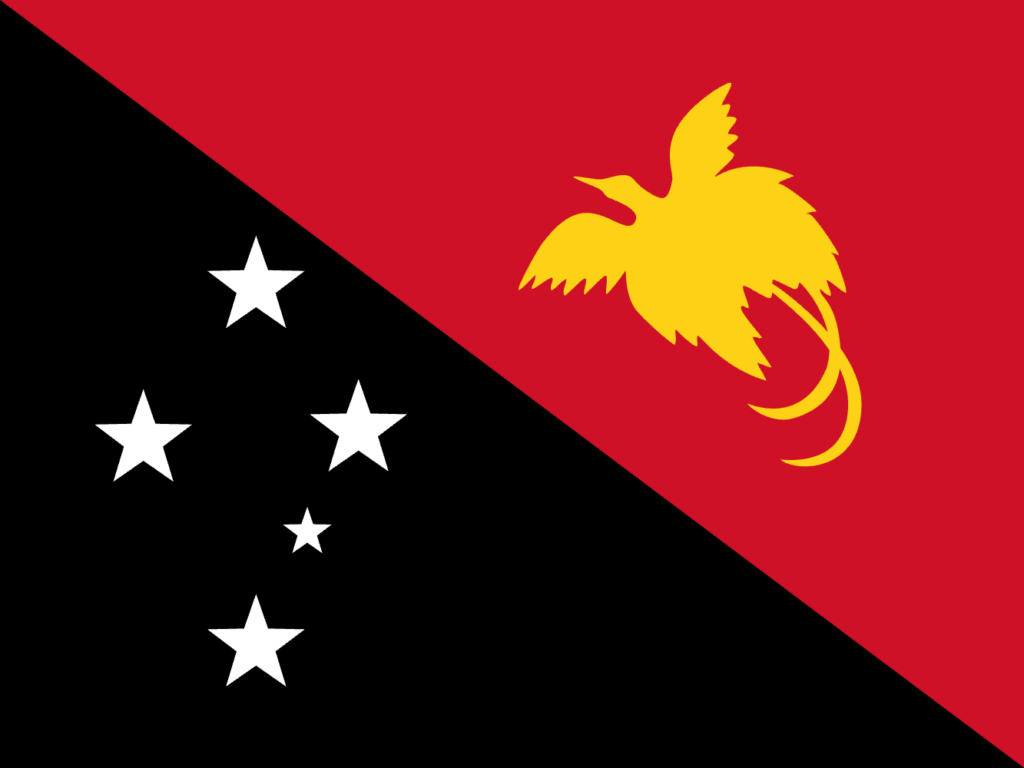
Diagonal Bisection
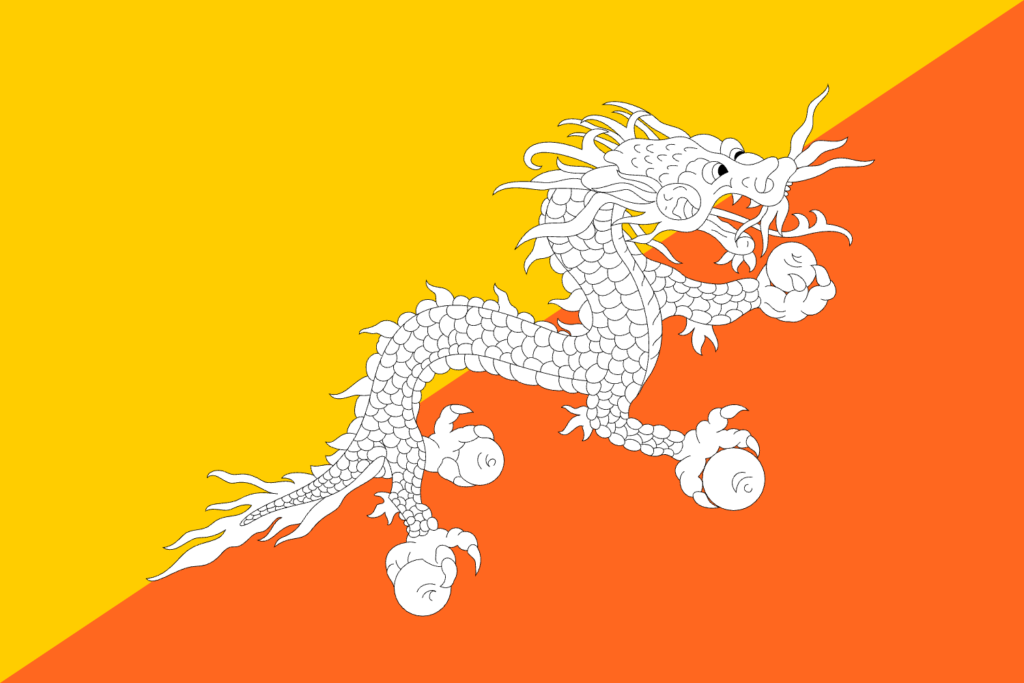
Diagonal Bisection
There are also divisions that result in uneven areas. An unequal vertical division is called a side:
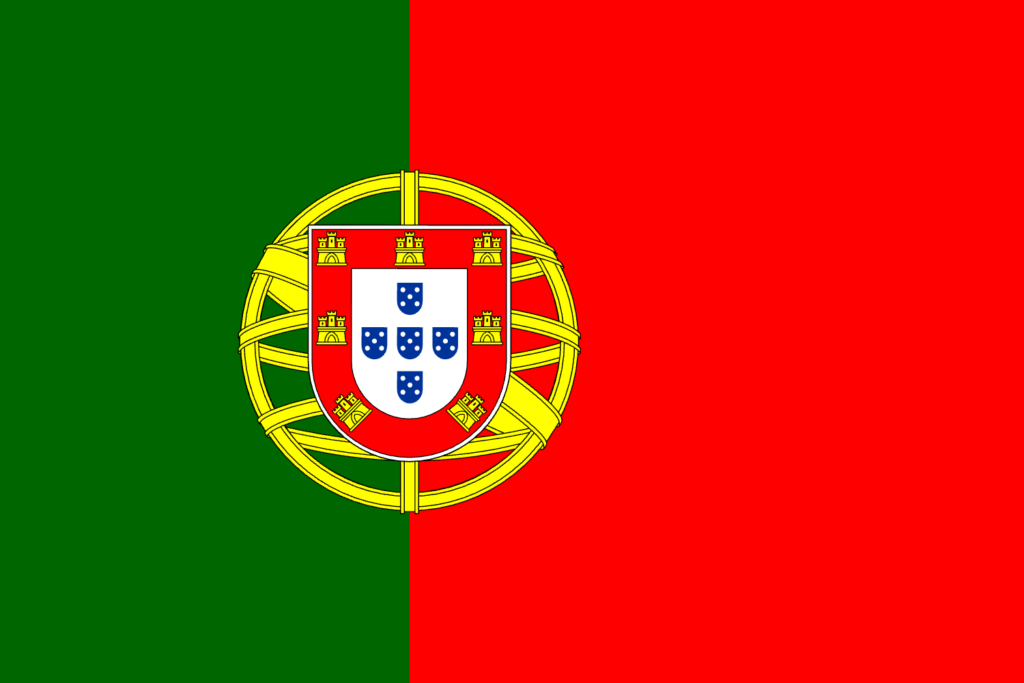
Side (on hoist side)
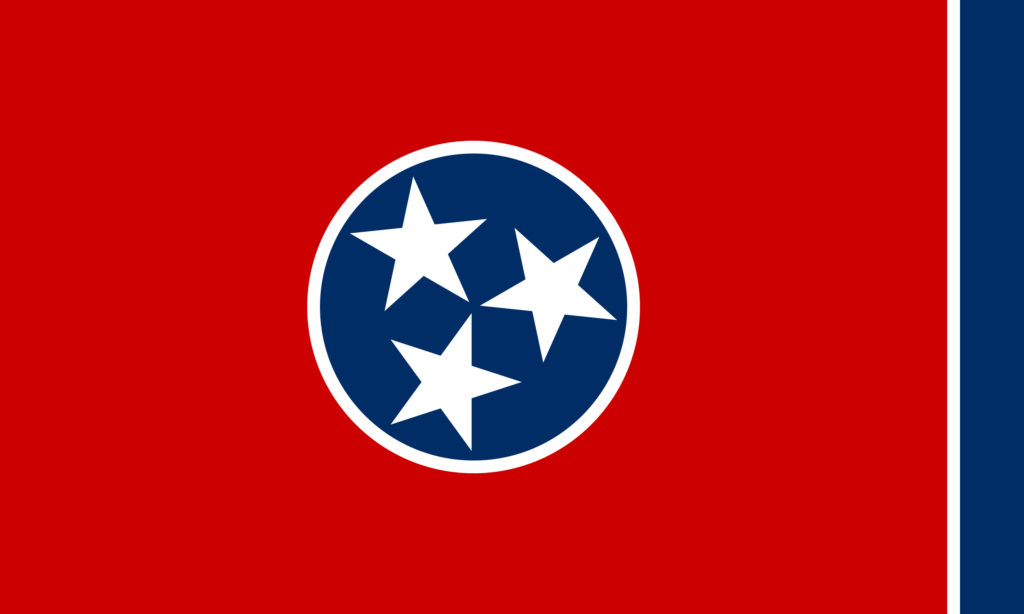
Side (on fly side)
A horizontal division closer to the top of the flag is called a chief, while one that is closer to the bottom of the flag is called a base.
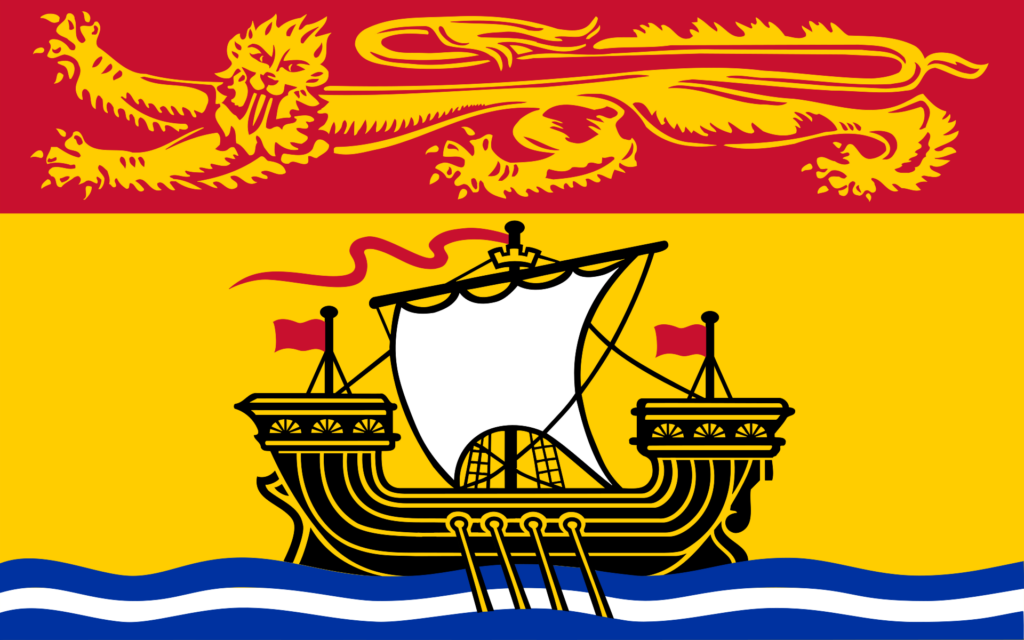
Chief
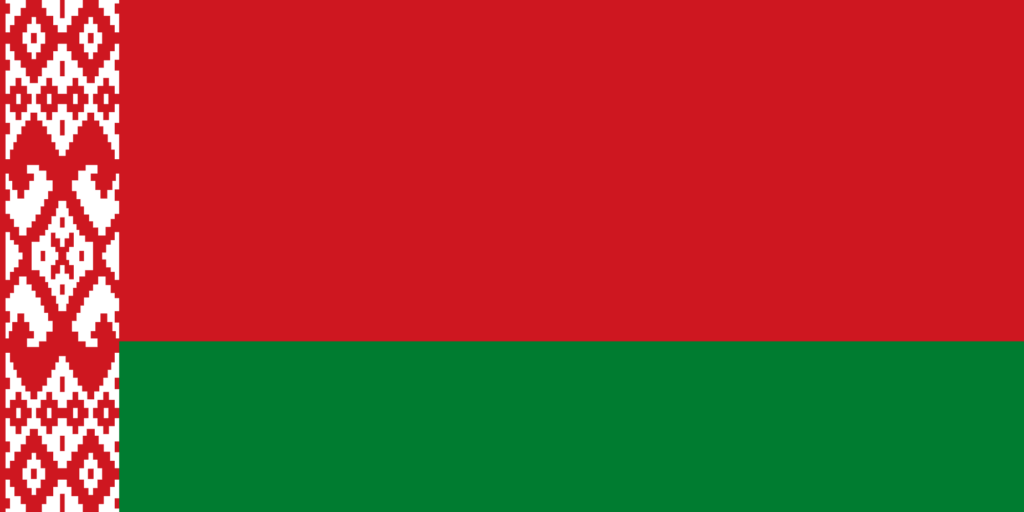
Base
Of course, some of these divisions are more common than others. (The “Chief” flag is actually the flag of New Brunswick in Canada, because the pattern is somewhat rare.)
Division Into Three Pieces
A few more variations arise when dividing the flag into three pieces, as either two or three colors can be used.
The terms pale and fess describe a band in general running vertically or horizontally across a flag. The term tricolor refers specifically to flags that have three distinct colors. A bend refers to a band running diagonally, whether two or three distinct colors are involved.
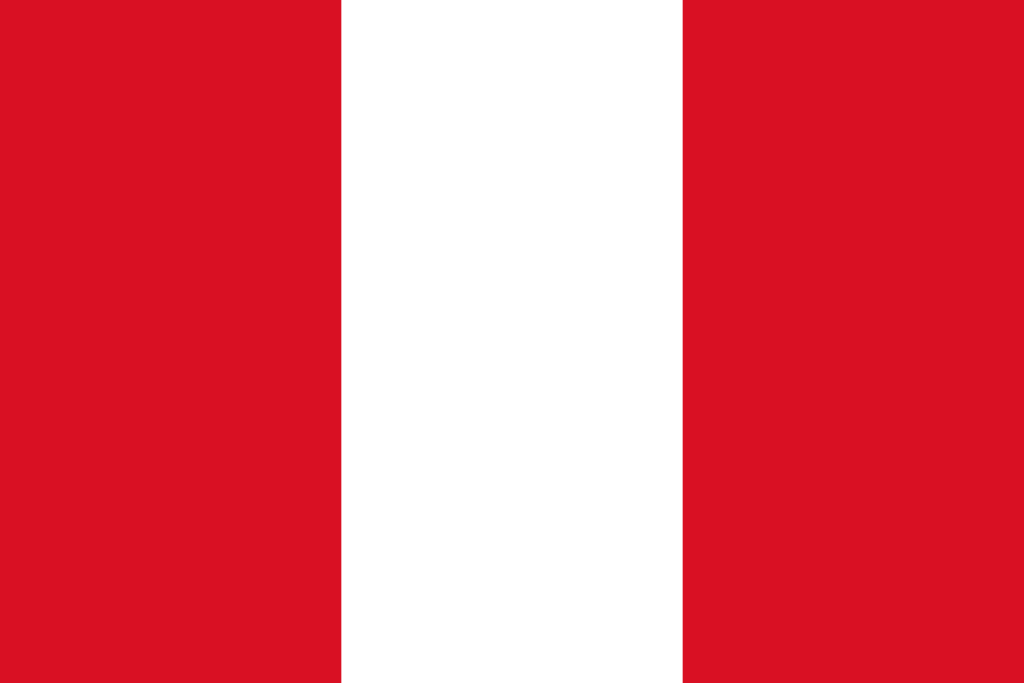
Pale
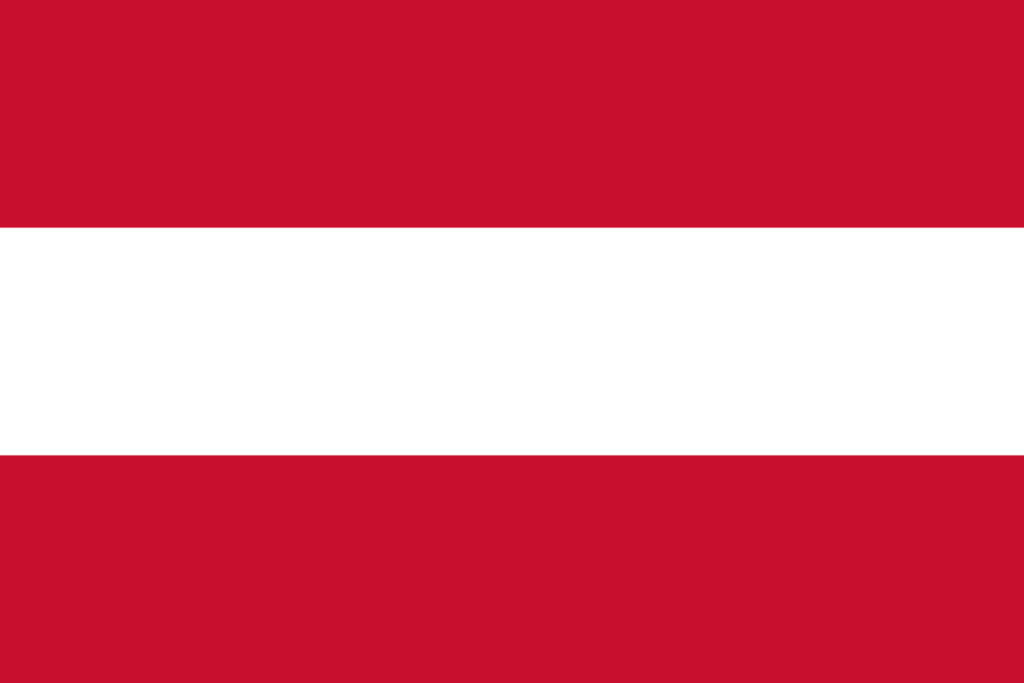
Fess
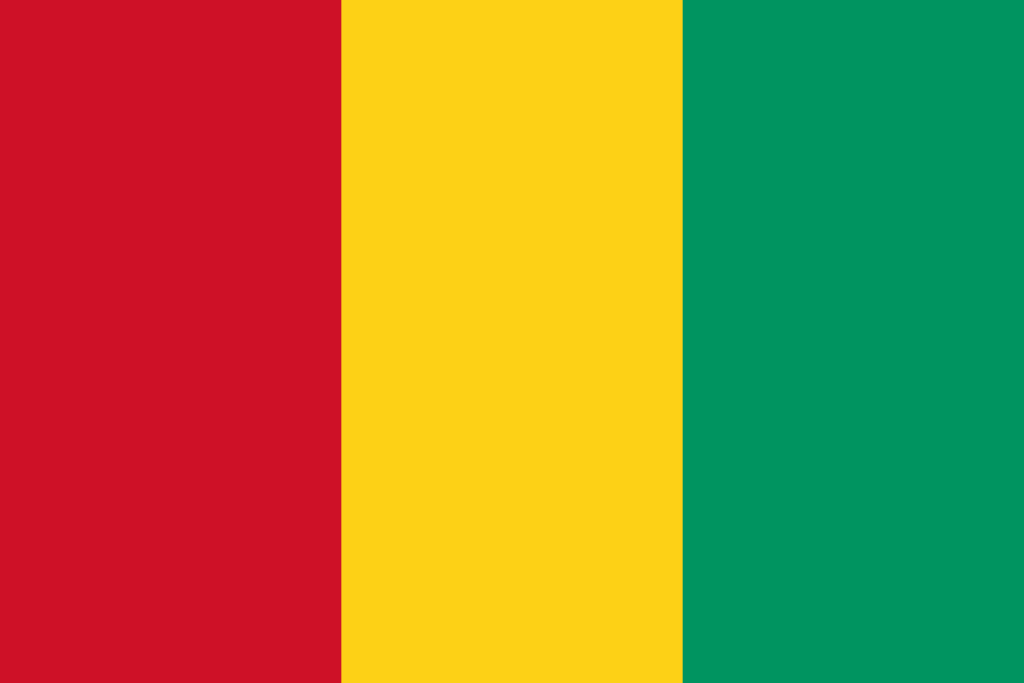
Tricolor (vertical)
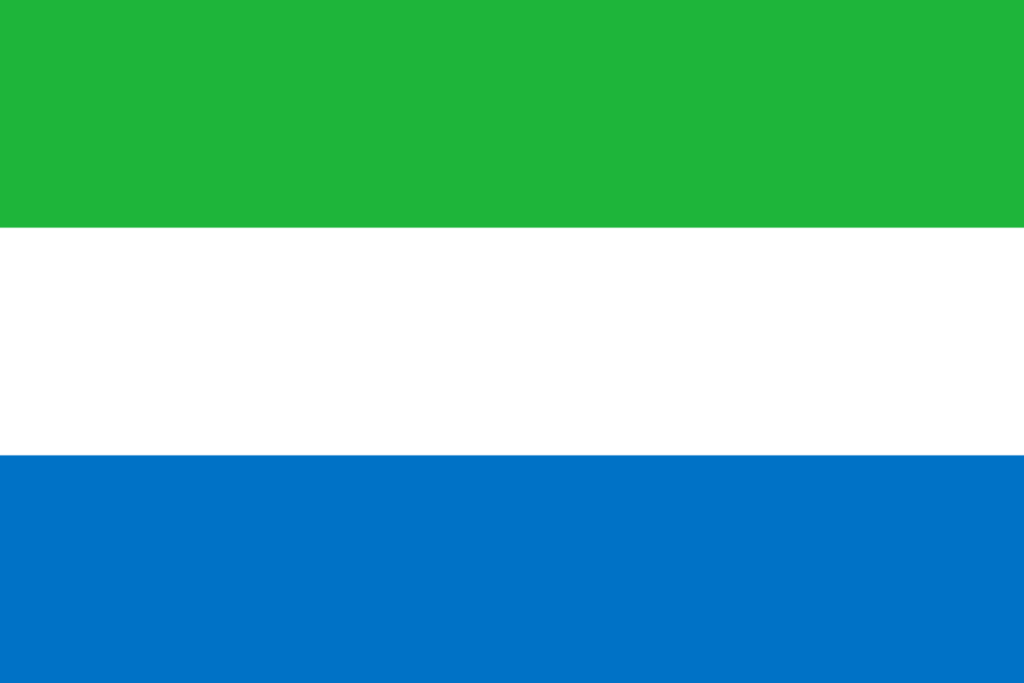
Tricolor (horizontal)
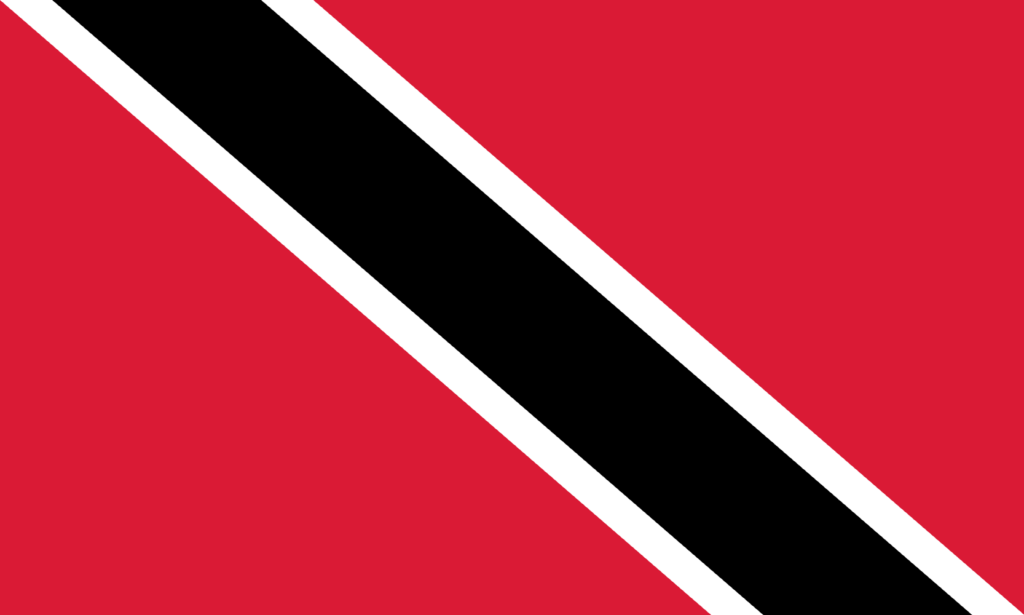
Bend
Division Into Four Pieces
There are primarily two ways the flag can be divided in four. The dividing lines could be perpendicular to the sides of the flag, or at an angle. When the flag is split in two directions (creating four areas), it’s either a quadrisection or a diagonal quadrisection.
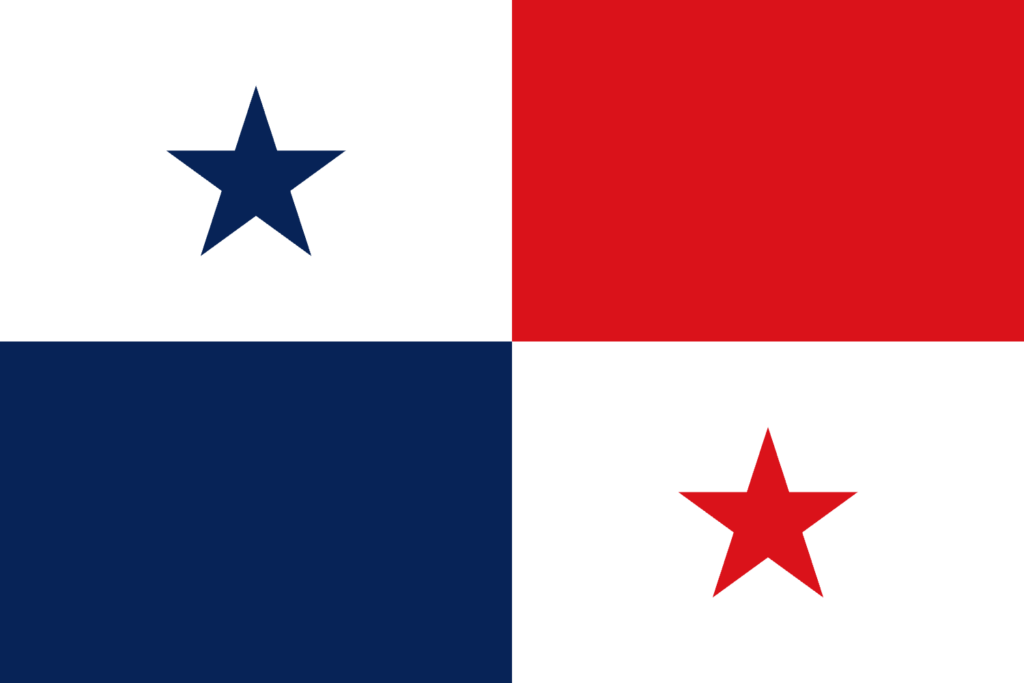
Quadrisection
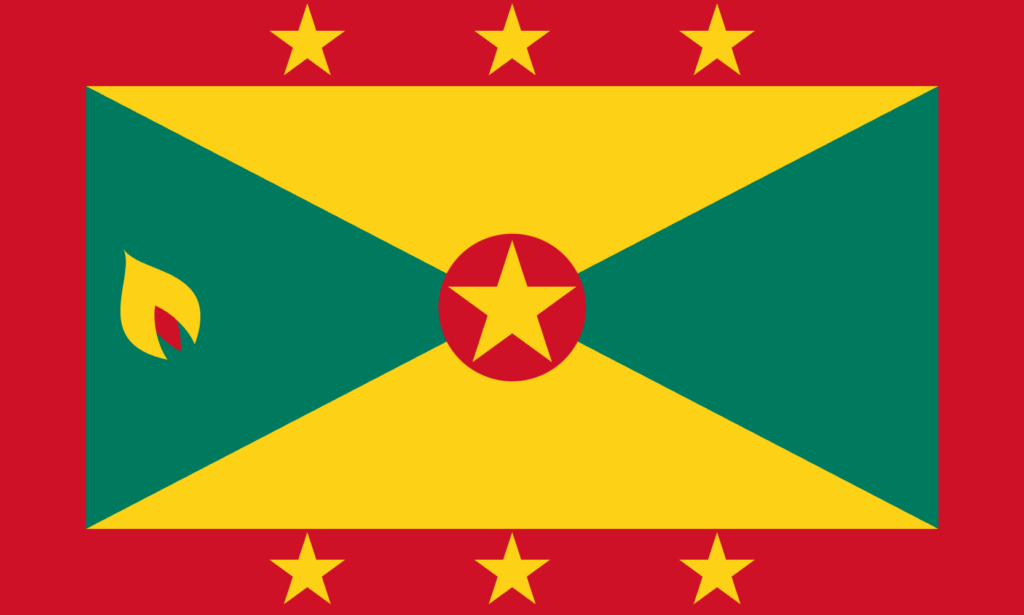
Diagonal Quadrisection
Crosses
There are several variants of crosses that can appear on flags, which are mostly Christian in origin. Some flags have a cross pattern in addition to other symbols. These crosses (examples below) are known as the Greek cross, the symmetric cross, the Nordic cross, and the saltire.
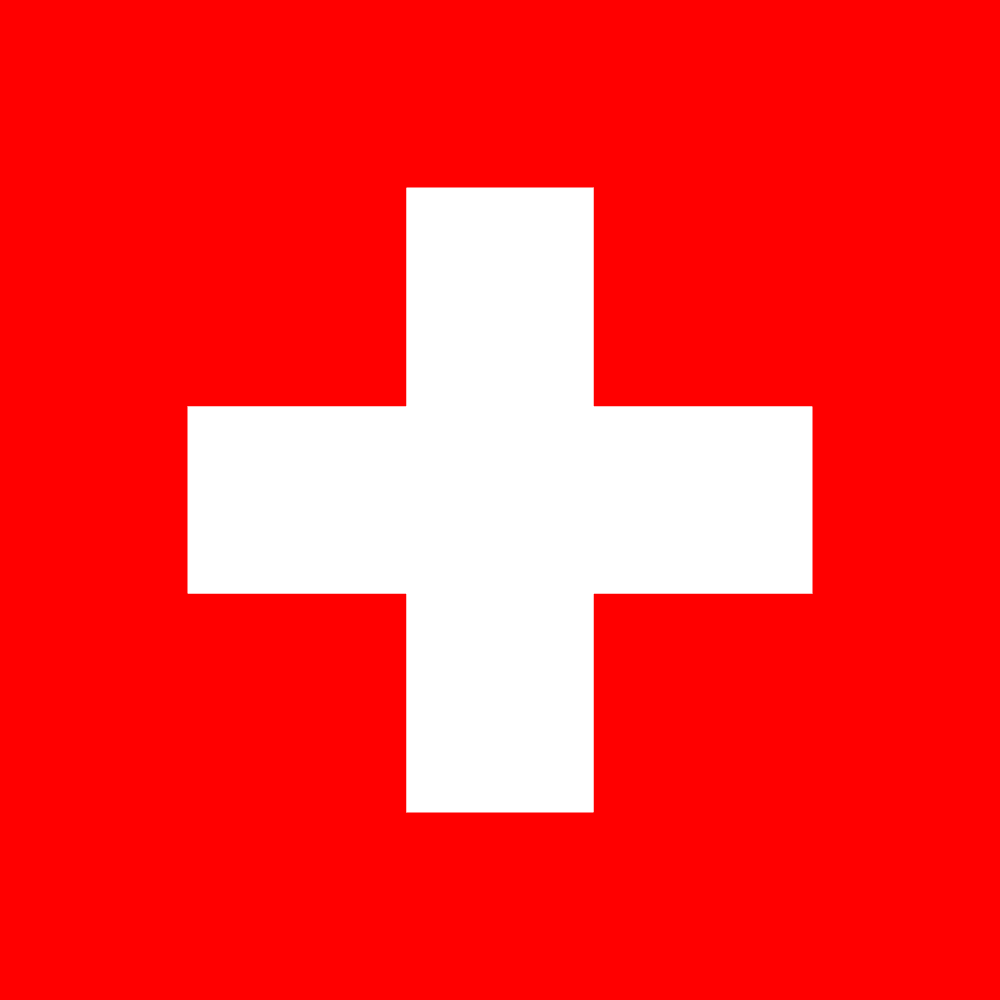
Greek cross
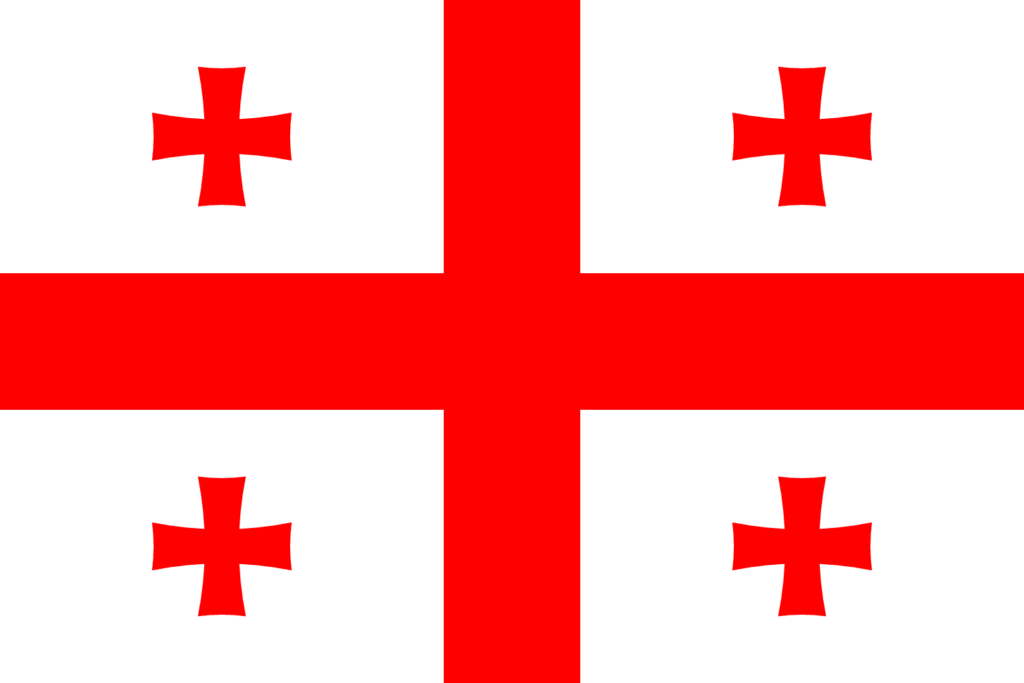
Symmetric cross
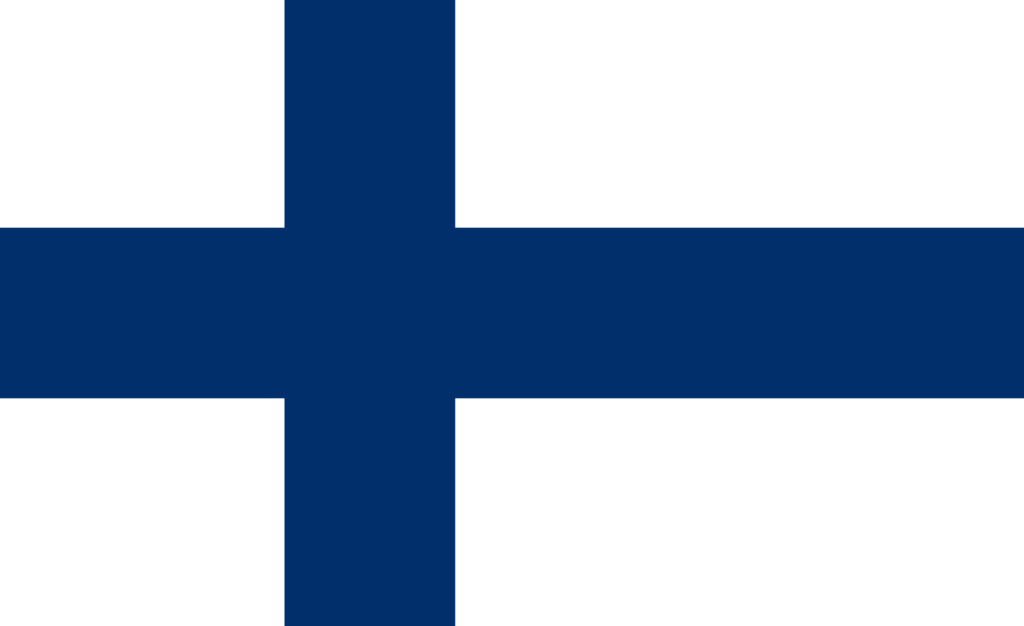
Nordic cross
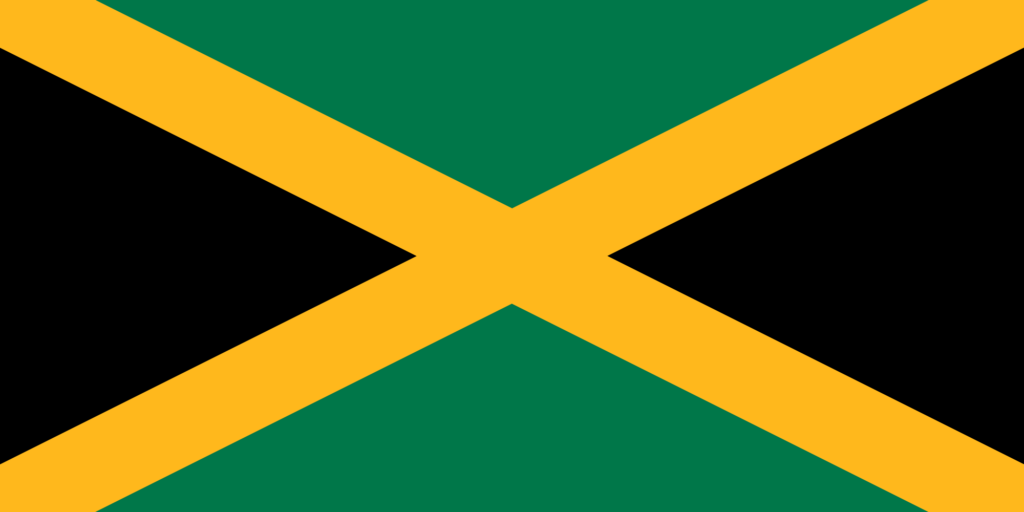
Saltire
Flag Patterns
There are some other patterns that can be incorporated into the design of flags, even when excluding seals, animals, and other more intricate designs.
For example, a bordure involves a border of color around the entire flag, and a pile is a triangle coming from the side of the flag:
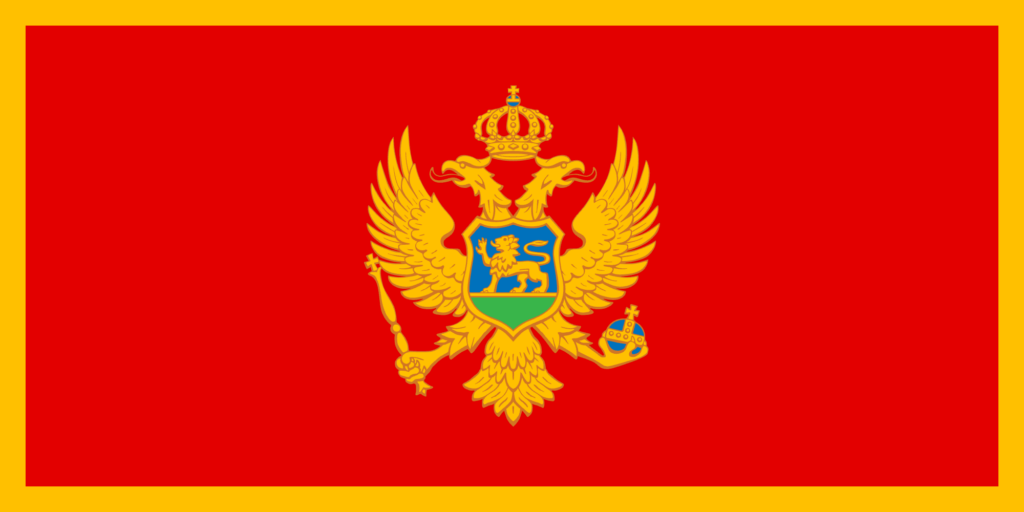
Bordure
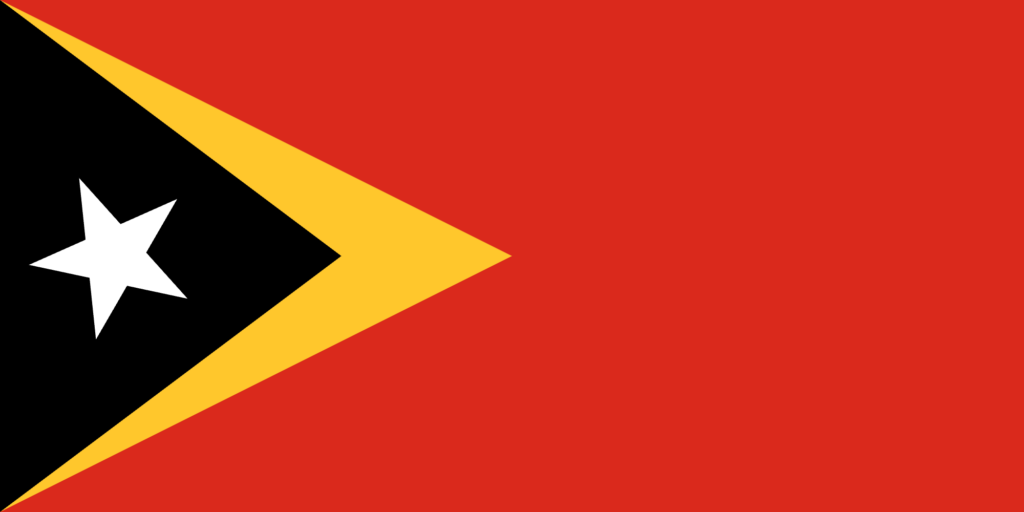
Pile
The chevron, pall, and arrowhead are some more triangle-based designs:
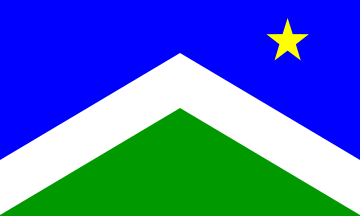
Chevron
(Flag of Seward, Alaska)
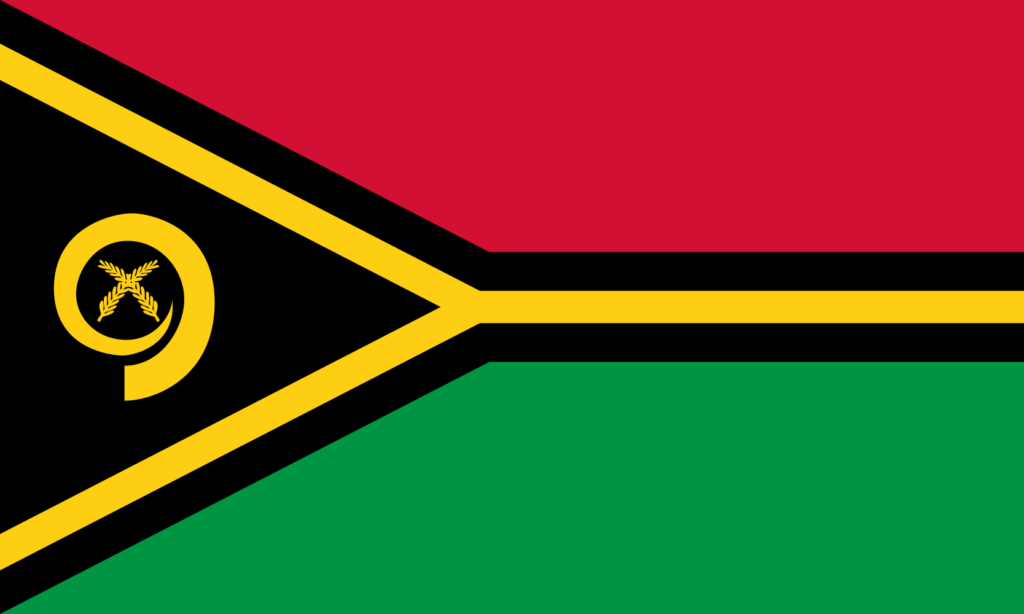
Pall
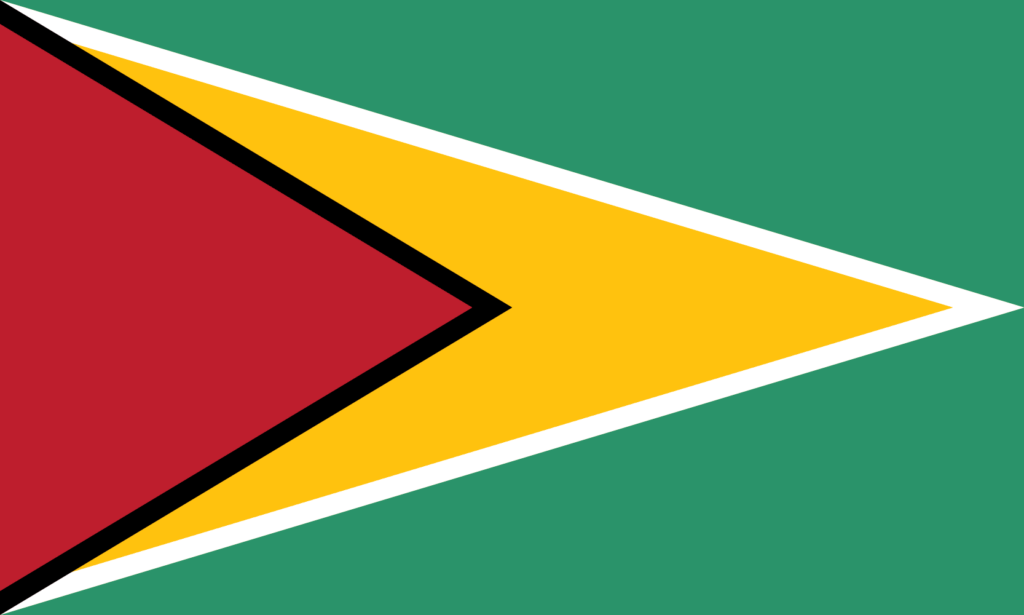
Arrowhead
And of course, stripes, which are not only on the United States’ flag, but plenty of others:
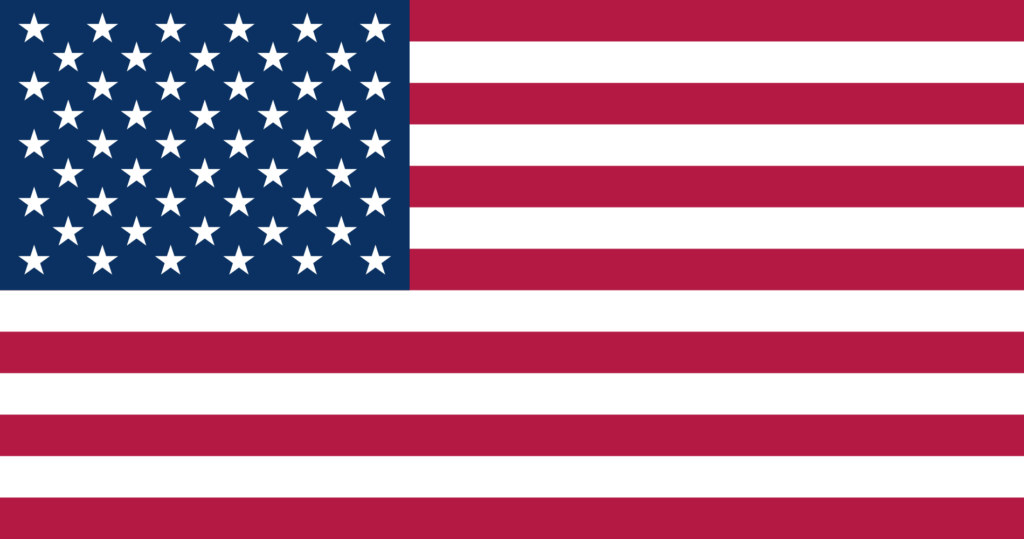
Stripes (United States)
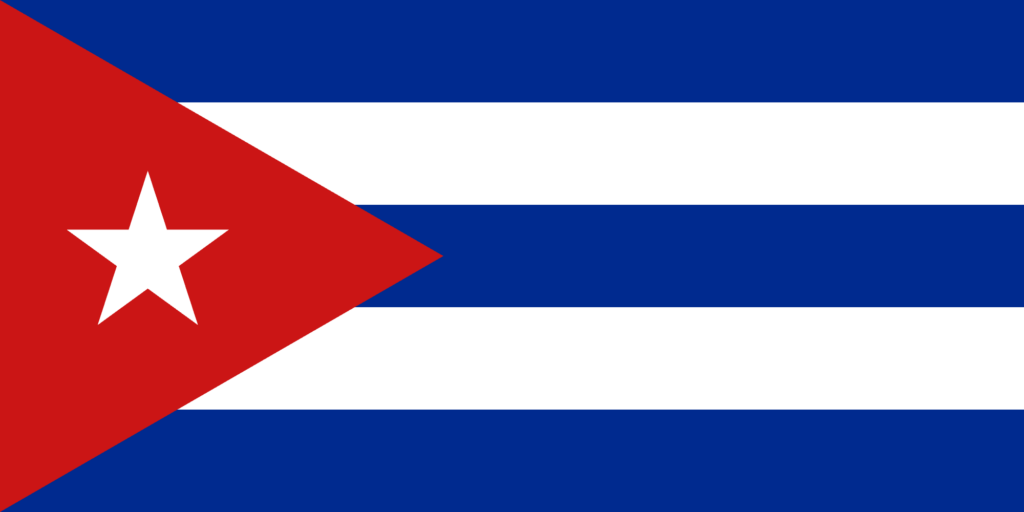
Stripes (Cuba)
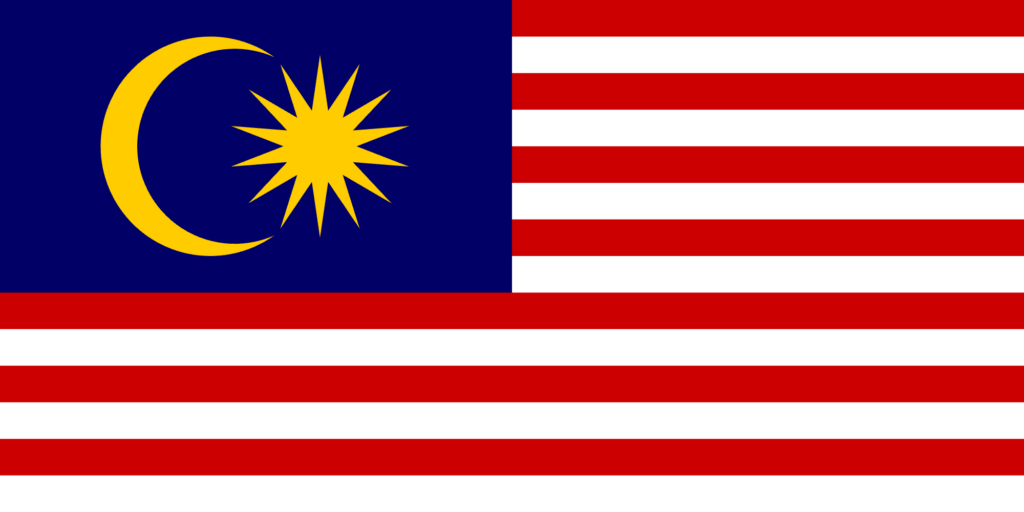
Stripes (Malaysia)
These are some of the most common and useful terms to describe flags. Now go out there and design something great!
Leave a Reply